The WAM Engineering Colossus
Challenging Your Assumptions With J.R. Boisclair
It all started with guitars. Obviously, no one is born a hi-fi reviewer. And, I’m certainly not an engineer. But as a musician, I do have a good ear. I’ve developed it by listening and playing my chosen instrument for over five decades. There are plenty of people like me; that’s for sure. I’m truly never happier than when things are sounding great.
I remember in the late 80's guitar shopping as a teenager at Sam Ash in White Plains, New York. My friends and I would play all the new Fenders and Gibsons, and we’d always remark how the new guitars all sounded the same. When we’d con some mullet-haired, Iron Maiden T-shirt wearing clerk to pull down a vintage Les Paul Junior or a Tele, we were always struck by how different similar models sounded. And this was when “magic” guitars were born for me. Some just had “it”, while others were duds.
I wish I knew then what I know now (especially about vintage guitar values). After decades of collecting, restoring and flipping guitars, I’ve realized that very little of that magic is in the wood (but old wood certainly does have a sound) and old pickups (although they were all different and made by hand). A lot of what makes a guitar great is the setup and consistency of materials. What may be a dead guitar is really just dead strings or a pickup that is too far from the strings. Maybe the neck has too much relief. When you start challenging these assumptions about why certain guitars sound a certain way, you really need to sort out those variables and get them on the same playing field. Only then can you know what you are actually hearing. Then, and only then, can you start talking about “magic” instruments. A not-so-surprising spoiler: when properly set up, there are so many incredible new and old instruments to be had. In fact, with our climate crises, it may even be defensible to say that we’ve already made enough instruments for every person on the face of the earth. But that’s another story.
This is a headshell review, so what the hell does this have to do with WAM Engineering’s Colossus? Well, I came into J.R. Boisclair’s orbit when he helped me sort out some problems that I was having with my cartridge and tonearm. He, unsurprisingly, was a saviour. He has taken up Walenty "Wally" Malewicz’s mantle as the head of WAM Engineering. This company has always made tools that allow music lovers to measure their audio equipment’s health and sonic optimization. I can’t imagine setting up a vinyl rig without WallyTools. The company's focus is on science, not snake oil. With J.R. at the helm, WAM is now introducing its first audio design in the form of the Colossus headshell for Kuzma 4 Point arms. It’s a specific product for a very good sounding and popular arm. And, yes, I have the 9 inch version, so as you can imagine, I was screwed.
This may be a good time to mention that J.R. changed my listening experience in a dramatic way when I sent him my cartridge for analysis and geometric calibration in the form of his brass corrective shim that adjusts SRA and azimuth. Why would you buy a Lyra Etna Lambda and have it “corrected”? Well, based on my experience with other high end audio products, I made a personal decision to have my gear checked for tolerances because I purchased a few out of spec, nightmare products over the years that could have been flagged by J.R. before installation.
In the high end world cartridge world (in the entire cartridge world), these tolerances, particularly angular stylus error (which J.R. does not like to call "zenith angle error") can be within the +/-5% range, and in certain situations far more. So, when you fork out over 9k for a cartridge and hear your friend’s example sounding so much better, you’ll know why. As someone who experienced consistent issues with my “high end” audio purchases, I bought insurance in the form of evaluation and, in my case, correction. If J.R. found my cartridge to be optimal, I’d have the security to set it up and enjoy. But, my cartridge was 3° out of perfect 90° cantilever alignment. Admittedly, my cart was “within spec”. I love Lyra’s cartridges. They truly are magic. I just wanted to see how close to a measurable target I could get. And I wanted to see if that improved the sound. In other words, I was up for the challenge. Call me crazy. I’ll survive.
J.R. returned my cartridge with a full analysis sheet and brass corrective shims to address the geometry. They were “pre-mounted” by J.R. to my Kuzma headshell. I installed the headshell and set my VTF (my arm had already been leveled using the Wally Reference tool). I hate to use audiophile cliches, but (as you’ll soon read), there’s a reason why I ( and others) use them. It now still sounded like my cartridge, but massively more in all of its parameters. I now possessed an immediately sharper center image. That’s the first thing I noticed. It was razor-like in focus. I always had issues with this pre-optimization and now I know why: my geometry was off. Once I marveled how that was so handily fixed, I heard how much wider the soundstage was. I could feel the instruments spread across this width with such clarity and an effortless sense of air, but now they had spectacular weight at the same time. These contradictions usually let me know that I’m hearing something truly special. As a result, the bass presentation was more visceral and yet more detailed. The treble had more air, yet it had more body. That’s quite a party trick. I was convinced that it couldn’t sound better- that’s another common refrain, as well! But did that ever stop us? Of course I had to wonder what was responsible for these changes. Was it the new mass and rigidity added by the shims, or was it purely the angular correction? Turns out I wasn’t the only one who wondered this. I discussed all of this in my Tracking Angle feature entitled “Accepting the Gift”. But to summarize, I accepted my surreal sound and had theories about what was responsible for what I was hearing. I left it at that and simply enjoyed the far better sound. I was a satisfied audiophile…
However, a few months later, J.R. contacted me about checking out the Colossus headshell. If I’m being honest, I pushed back. I frankly had zero desire to send off my expensive, amazing-sounding cartridge, live without music for a week or so, and go through the evaluation process all over again. But, it was J.R. And he’s good- really good, so I agreed. And, boy am I glad that I did!
Satisfied, yes, but always curious. And I must say, the Colossus is aptly named. Upon arrival, I saw that it’s a massive hunk of rigid brass, and it perfectly fits the Kuzma tube. My brass shim had been added to the cartridge that J.R. then mounted to the Colossus. I should also add that the actual user-experience of the Colossus is better than my stock removable headshell. With so much more mass, it’s more surefooted and now with a confidence inspiring fingerlift. It looks great too. One minor niggle is that there is a slight interruption in the conical design of the tube as it meets the flat Colossus. I’m a design freak, and it doesn’t bother me at all, but it is worth noting. I’m not your therapist, so I won’t know how you’ll react. I attached the headshell in approximately 3 seconds, added his additional counterweight to my arm to balance the new high-mass design, set VTF, and was off and running minutes later.
Once again, this design has a perfect name because it truly does sound “colossal”. There is simply no denying it. It presented a massive amount more of everything I noted with the addition of the shims. When you hear the Colossus after hearing just the shims, you start to get an appreciation for what his high mass and high rigidity design is doing. My cartridge was already optimized, so all the tracking, channel separation and clarity remained, but the mass and rigidity spoke. My noise floor was so dramatically reduced that the full spectrum of sound gained definition, weight, air and transients all at the same time. J.R. will explain what is happening here in his own words, but the short story is adding this rigidity and mass simply allowed my cantilever’s pivot point to be "immeasurably still” and now the cartridge could do its job better. This is not tonal coloration or editorialization. You are not changing your cartridge’s signature or tweaking its design. You are allowing it to perform its function as a result of lessened mechanical interference.
If you were beginning to wonder, here comes the guitar connection: why was this all working so well for my system? In other words, why did my system now have that elusive “magic”? Well, when arm resonance was studied decades ago, 8-12 hz was the gold standard. J.R. agrees with the upper limit, but the lower limit exists only to accommodate warps and poor turntable isolation which, as a consequence, results in a set of compromised tonearm design restrictions. So, I now had to “clean house” in terms of isolation. This would allow the “magic” to happen. And since I had already owned a record flattener for years and loved using it, that was one problem down. Because I don’t have a vacuum hold down, having flat records seemed obvious before even knowing J.R. Warped records are a physical challenge to track, and they produce a low frequency resonance. Even for a non-engineer, this was evident. And because of all my past efforts, my large collection of vinyl has been flat and clean for quite a while. But, what about isolation for my turntable? Well, you certainly can’t say I haven’t tried to address this issue over the years. When I designed my audio console, I chose a 3-inch-thick maple top sourced from an old bowling alley. Why not an audio rack, you say? We are of a school of thought that believes that an audio system is a part of a home, not separate from it. We wanted our system to be something nice to look at and still function. Over the years, I have experimented with various turntable platforms made of wood, delrin, and other materials. I have gone through countless isolation pucks to help manage the vibrational challenges of vinyl playback. After years, I landed on the Isoacoustics DELOS platform, and we were immediately struck by its performance. That’s when I first heard much blacker backgrounds and a more solid presentation while listening. I was finally beginning to hear what proper isolation could achieve. But, of course, I wondered if there was more I could do.
After staring at my turntable, I noticed that the metal feet of my Feickert Woodpecker turntable simply sat on the Delos. That didn’t seem like a great idea. Isn’t metal an efficient energy conductor and not an isolator? How do those metal feet and the maple platform mate? Pressure alone? Sadly, the answer was yes. And I knew this work needed to be measurable. I had just about tried everything. So, no more steel spikes or Stillpoints for me. After some research, I reached out to an acoustical engineer, someone who had designed products that could measurably reduce resonance and vibration: enter AV RoomService, Ltd.'s Norm Varney. After a nice chat on the phone, he sent me his wonderful EVP’s to try.
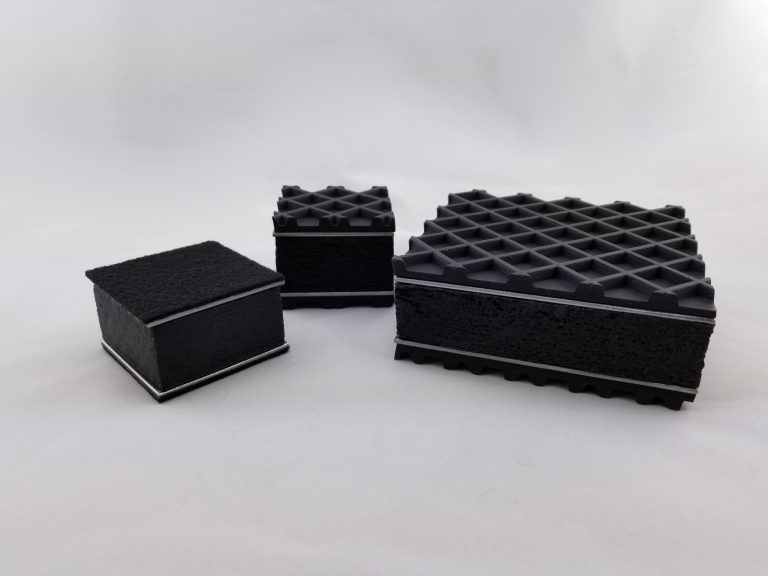
On his suggestion, I removed my table's feet and placed three of his EVP’s under my Feickert and laser leveled it. For the time being, I got rid of the isolation platform and simply used the EVP’s under my turntable and placed it on my cabinet. Immediately, I experienced increased blackness of background that I had never previously fully perceived. It was no subtle change. In fact, I got back so much high end detail that I was previously robbed of, that I significantly reduced my speaker's toe-in. I then realized that I had made an initial assumption when dialing in my system. Since I wasn’t hearing the desired high end detail, I compensated with toe in. I always felt that this solution helped, but it also sounded somewhat glaring and hard. Consequently, I realized that my toe in was a band-aid for a problem I didn't know existed. And now, with the EVPs more completely isolating my 'table everything immediately sounded so natural and lifelike .
Here came the transient detail of cymbals, guitars, human voices- you name it. Not subtle changes. So, did these EVPs color my gear or did they let it speak? It is most assuredly the latter. A simple knocking on the cabinet that supported my turntable confirmed this. Reducing the noise floor allowed my cartridge to better do its job. The result was clarity, focus, depth and a natural presentation. And it still sounded like my beloved Lyra Etna. I did experiment with putting my EVP-supported turntable back on the Isoacoustics DELOS platform and, wouldn’t you know it, I preferred the bass presentation with the combo. Tapping on the table revealed what I was hearing- the strikes were more subdued. So, in my experience, experimenting with combining spring systems can have a real effect. It worked for me and your mileage may vary. Norm did warn me that some unexpected negative consequences could ensue. It just wasn’t the case for my system. I’ll also add that there is no greater gentleman than Norm. He’s an incredible help and talent.
These were just some of the assumptions that I challenged to allow my Colossus to work its magic. With warps gone and vibration-issues sorted, the mass and rigidity gave me the full performance promised by my Etna. I must admit that this process has given me a profound sense of deja vu: How many dead-sounding 1930’s Martins had I picked up and immediately put down, wondering what was wrong? Only later did I realize that the saddle was too low or perhaps the frets were loose in their slots. Maybe there was an incredibly alive sounding 1950’s Telecaster, one that made people’s heads turn at the first amplified strum but, after reflection, I now wonder if that “magic” pickup was simply at the correct height from the strings. Maybe some of those “duds” could have attained those mythical qualities if they were simply set up. And I’m sure that had I just purchased those problematic guitars without adjusting them, I would have compensated with strings, pedals and amps, never realizing the true source of the problem. Well, I guess late is better than never.
A final note on the incredible Colossus headshell: there is an appropriate catch. And maybe you have even anticipated it. J.R. will not sell you a Colossus unless he has analyzed your cartridge. Sounds like a sales pitch? It most assuredly is not. If your arm and cartridge are even slightly misaligned, you may have applied a "band-aid" elsewhere in your system to compensate for the sonic impact of the misalignment. The Colossus reduces the noise floor of the transducer system and is likely to expose some of your systemic "warts". You must assure that your records are flat and provide proper isolation for your turntable in order to prepare for the reduced noise floor that the Colossus provides. And, speaking of guarantees, J.R. offers a full return of the Colossus if you are not satisfied with the sonic benefits. So, like anything else, rewards come with work. But when the work is this fun and rewarding, it's more like an education. The Colossus has changed the way my family listens to music, and I can’t wait for what else WAM has in store.
Specifications
Rigid, high mass headshell designed for Kuzma 4 Point tonearms
Price: $950.00


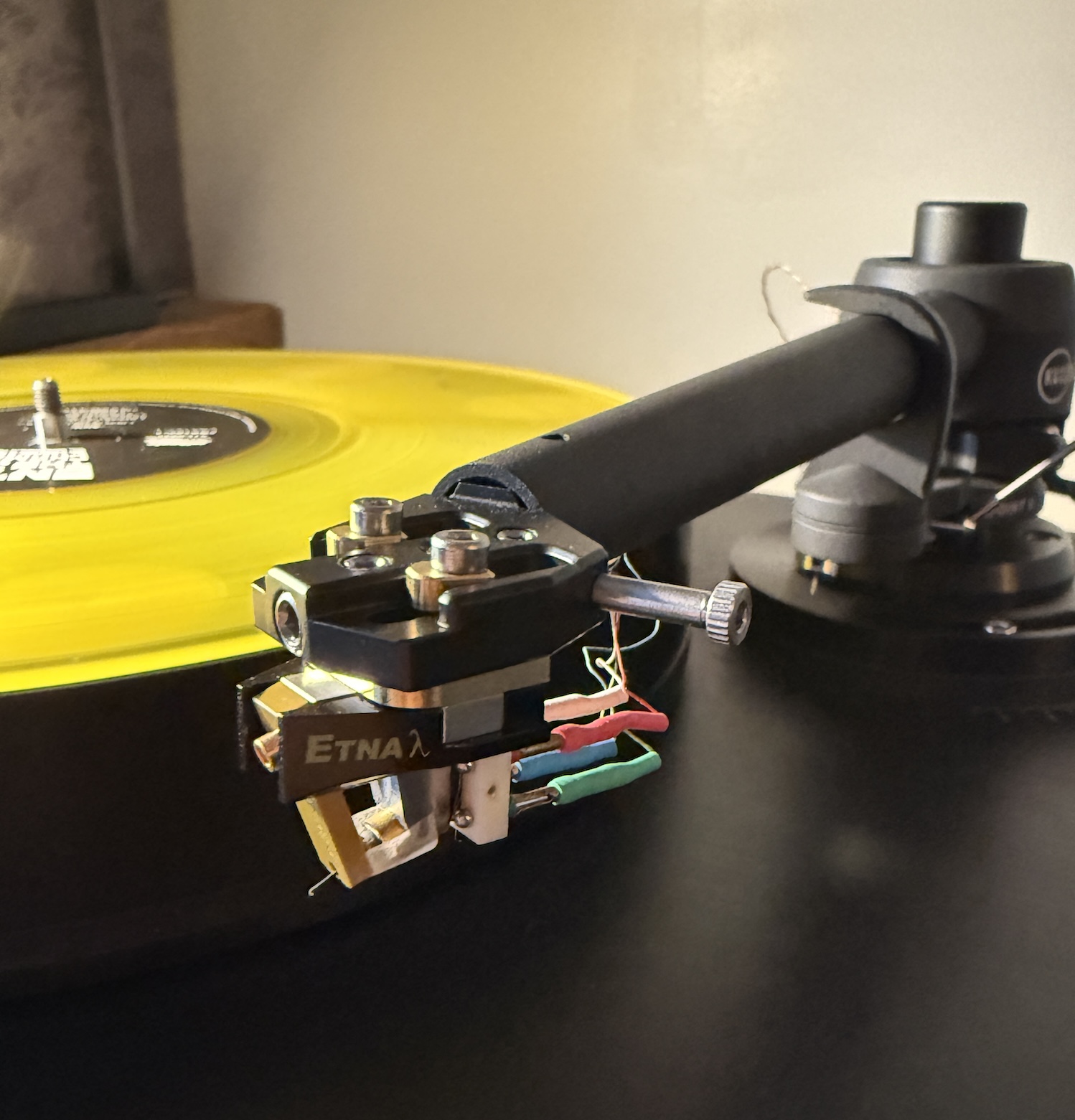


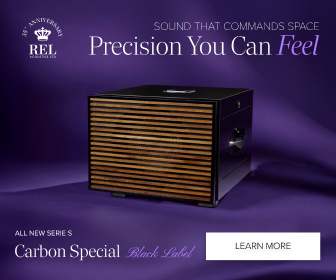

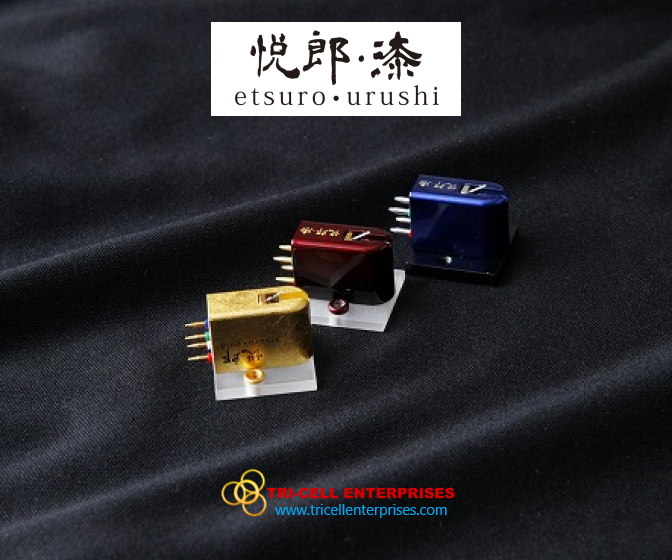

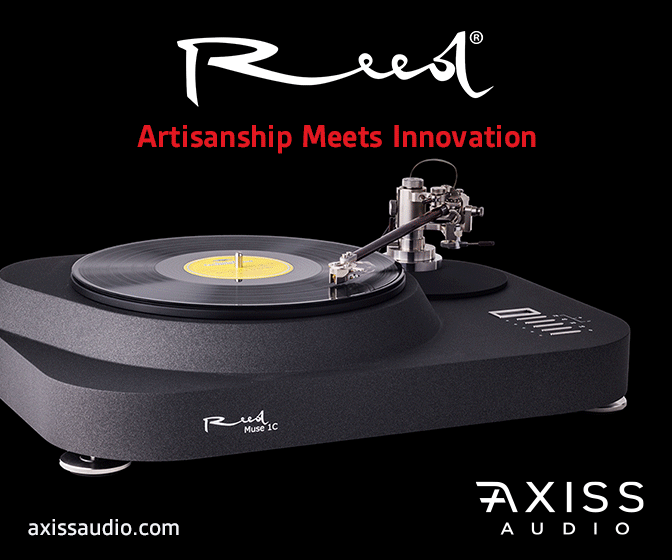
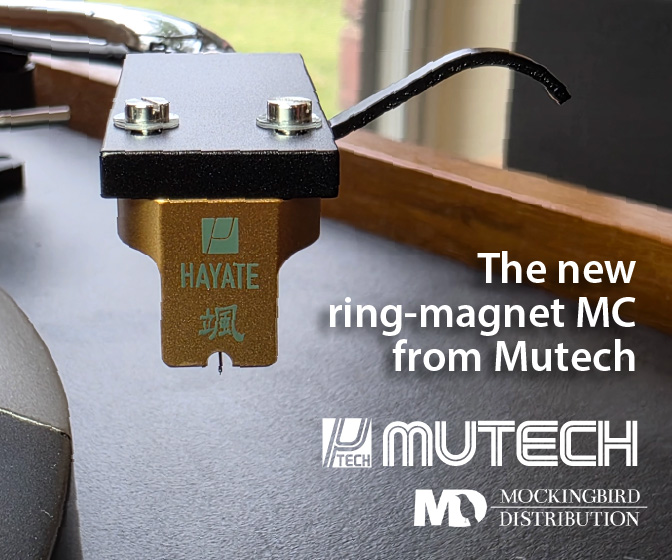
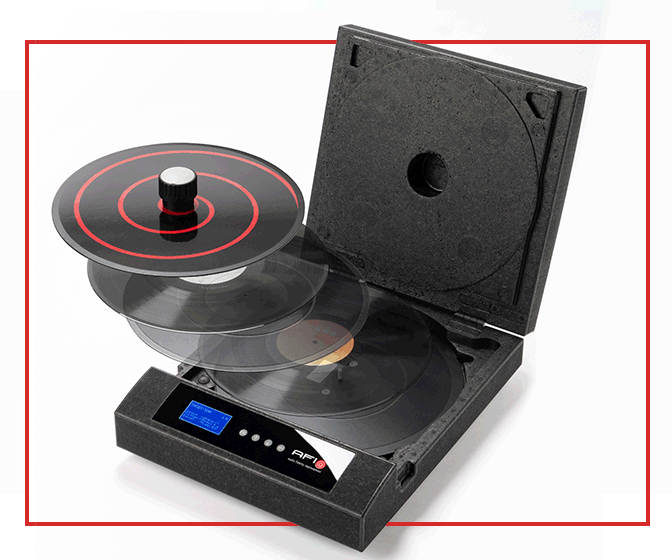

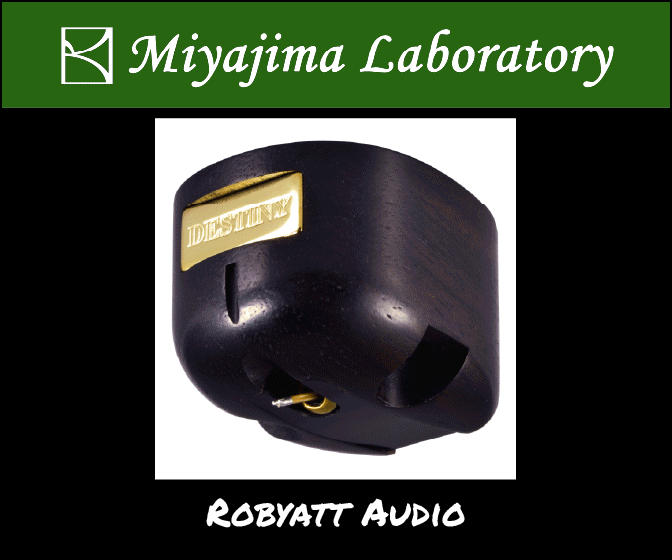





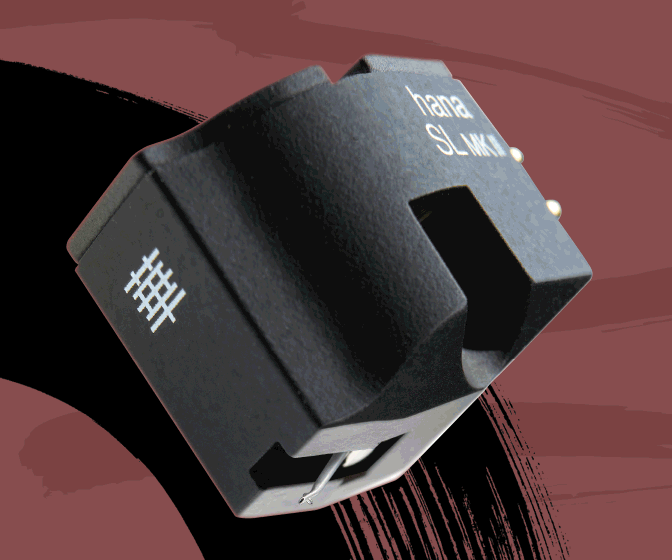
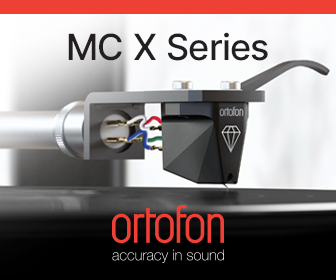
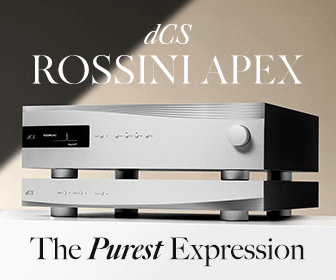



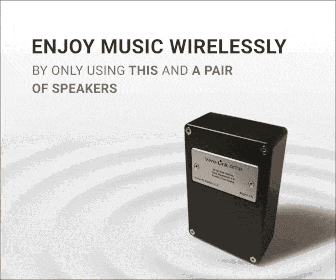
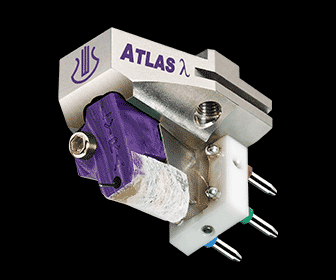

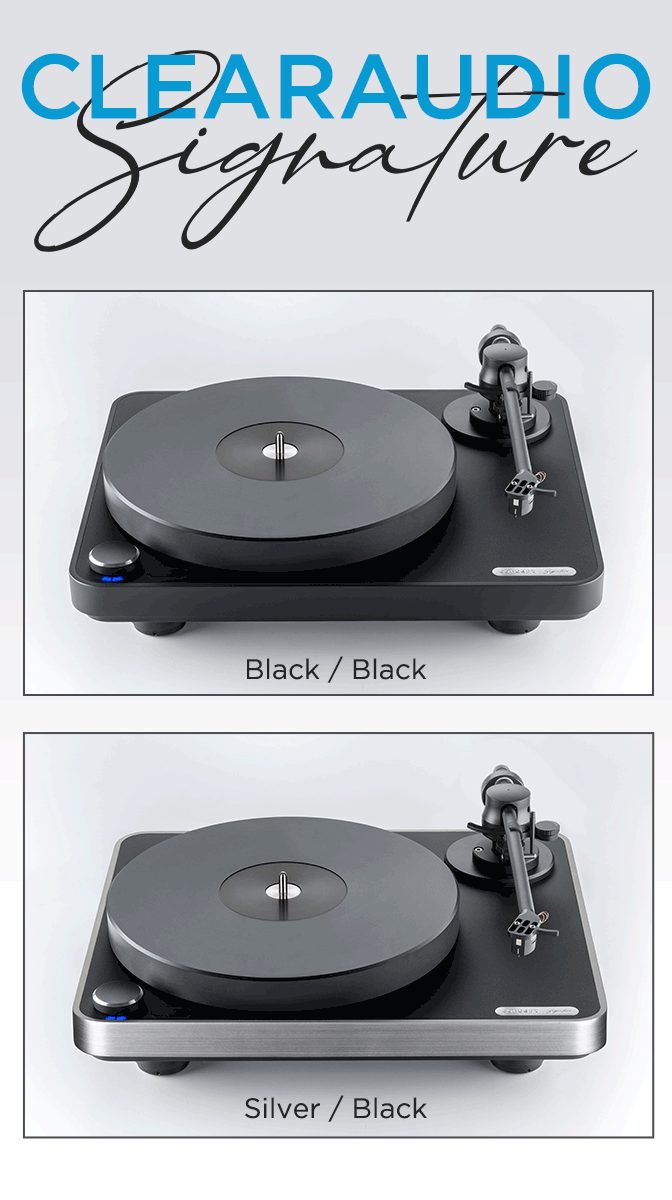


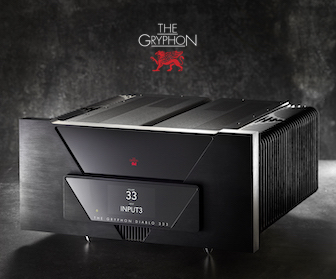
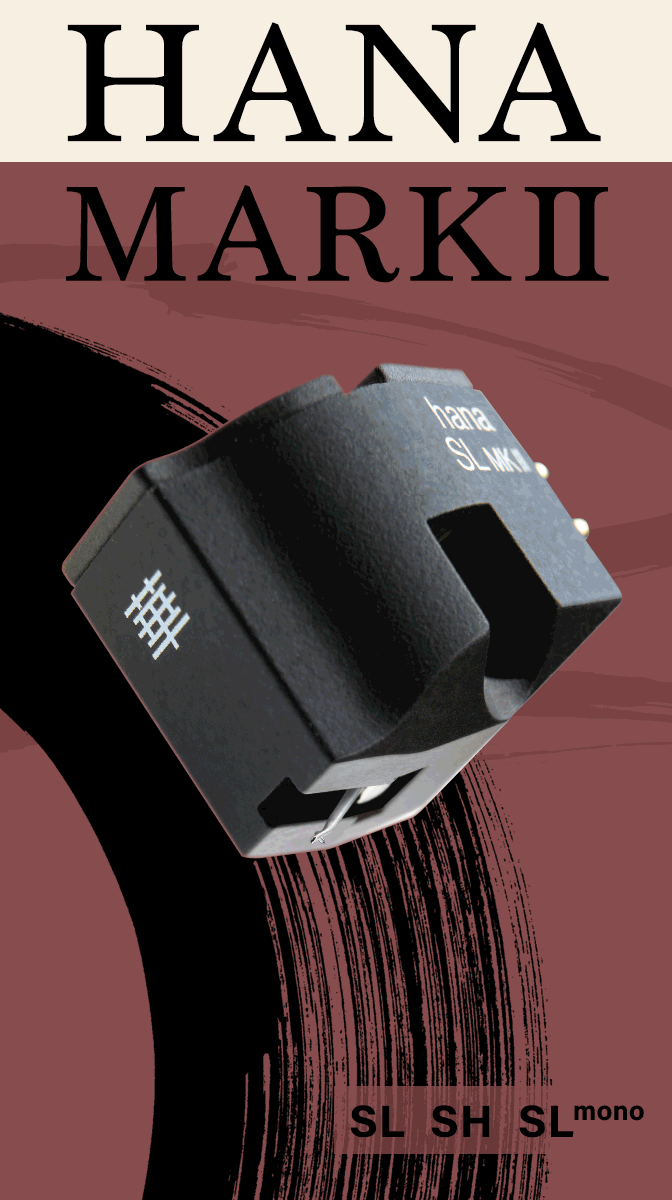









.png)








